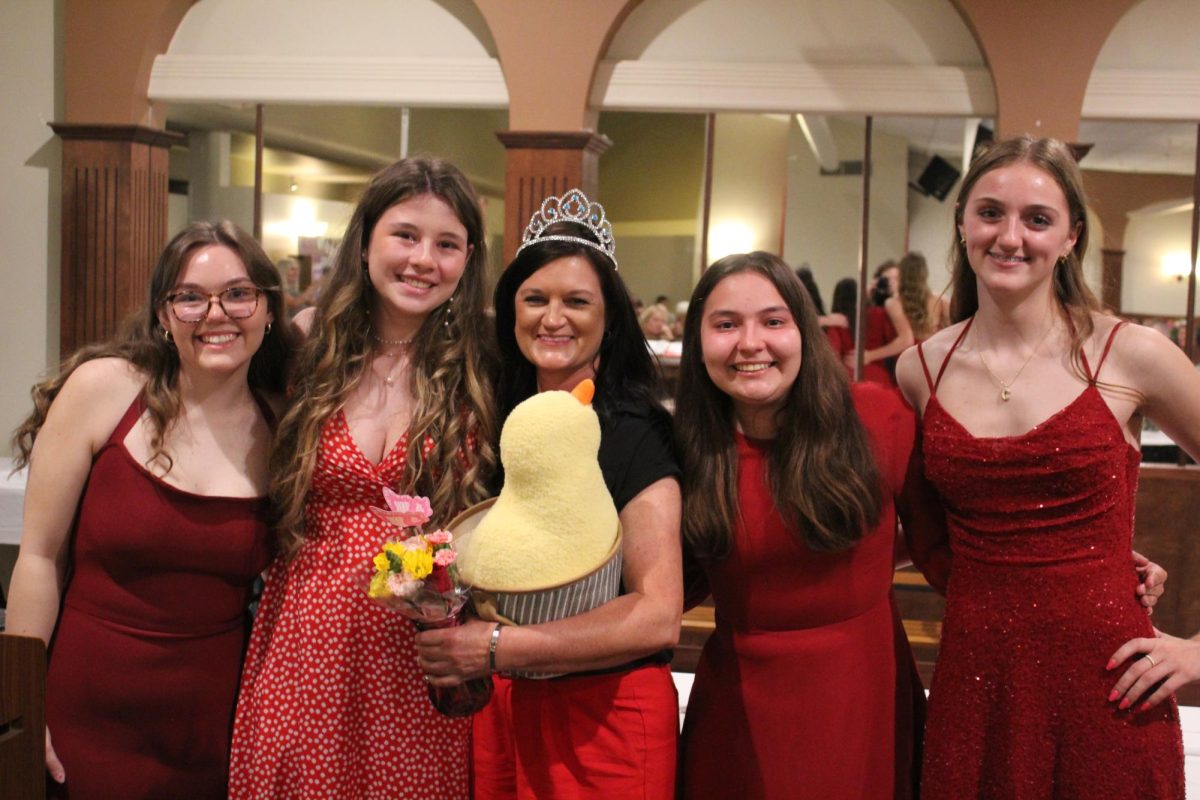This month, we have two topics. One from previous meetings, open enrollment, and a new discussion, the threat on social media to our school.
The open enrollment policy continues throughout the school year, trying to make the language of the policies make sense to other parents and ensure all the board members agree with the policies. The main topic of this month is the student issues. If a student is out of district but they have reasonable expectations and conditions, should their siblings be counted before the lottery system? From previous Board meetings, we know that Dwight Conley doesn’t like the Lottery system. He thinks that, if the system draws a random kid, they can’t do their screening to see if they are a good fit for our school. This discussion also considers the ability to stay under the cap and the separation of families.
Families come from different schools to come here because they know it would suit their kids with an overall good education and background. One problem is if they say no to a kid, which they rarely do, they can’t screen. So, in this case, if you have an open seat and that child gets selected, then they guarantee the whole family will get in, even if they don’t have available seats. Previous problems were having one seat in one grade level and being overloaded in another. They go to the family and say that they can take this student, but they can’t take the other. In this case, the parents would have to decide whether to split the kids or wait another year to see if they have open spots for both of them. Sometimes, a student doesn’t meet the criteria and is not welcomed back to Southeast. If they decide to do the lottery system and if one student gets picked, then everyone in that family would be counted in. Dwight says that even if we decide that students will be counted as in-district, students can be dismissed later if they are still out of the district. If the population goes over the cap, that would be fine. The board will then purposefully set the number below the school’s capacity so that they can add more students to that specific grade. They will have room in the enrollment cap. The school must put in open enrollment without the lottery system if they have been enrolled.
Another concerning concept is that they might have to remove the children with disabilities. It’s not whether they are reasonable, bad or indifferent. It’s all kinds of challenges. Some of these teachers don’t know how to handle them. Then they send them back to Salina, where there are more abundant resources to help these students, and it’s their problem as they become their children. Dwight clearly states that if this board says that they vote not to have a lottery system, and if they complete the cap on that student, he will go along with it. It is doubtful for the board to stop at that specific child, and if they treat them as in the district, then they are not subject to that cap.
Siblings are counted first in the lottery system. They are not putting siblings first, which is a big priority. If two seats are left, and four students are coming in as siblings, they have to shew two children out because they don’t have room. They also have classes that have more children than other grades. So, they are considering the possibility of parents arguing about different numbers for different grades.
Many families have taken the initiative to attend this school to give their kids a better education. The board will have new families coming in that this district wants. Dwight is concerned about not screening and getting kids that won’t mirror our school’s policies and culture well. They tell people yearly, “No, you’re not Southeast material,” but they can’t do that anymore because of the lottery system. They don’t get to screen the children before they get in. Jessica Goubeaux asked about looking at the district’s needs and setting the capacity for each grade level that might differ from each grade level. Do you think it will be dependable in court? It’s all based on districts. This cap would be convenient for the teaching staff, who have been talking about a cap for a long time. Setting the caps too low might be a massive loss for our district. This prevents quality families from entering the district because they could get rejected from the capacity being too familiar, but they can’t assume all children will be like that. The majority of the students will be fantastic. The students or parents get up in the morning to drive out to school every day and drive back home because there aren’t any buses to pick them up. When students move out of the district, they have to decide whether to have students still enrolled at Southeast. If they are not of a good standard, they will ask you not to continue for you to come to the southeast. You can continue enrollment at Southeast or attend a different school if you are still in good standing. They also consider people experiencing homelessness, transportation for students, and taking care of them.
Next, the board moved on to the new topic of the school threat on November 9, 2023. They never had any question that their kids were unsafe. There was a threat on social media on a student’s story. The student said his account was hacked, and another person put it there. Reviewing the handbook, they examine what they played out from the crisis plan and what they didn’t. From this point forward, they will better execute what needs to be done. Coming from the district board, they need a small committee to be with Officer Long and some staff to have a crisis committee. They will return to the council with their ideas or practice the crisis situations. Charisse Nurnberg talks about how she has some resources from the Kansas State Board, how they learned, and how they can do better.
The one key thing that came out of this was communication with parents and staff members. Once they get the information, they must send it to their parents. Parents didn’t feel they had to decide whether to keep their kids home or send them to school. They need to figure out who’s handling the social media factor and who is contacting law enforcement and Salina. Mr. Stumpf works hard to come up with things to improve because he wants to prevent these kids from getting hurt or worse. This school is forefront kid-friendly, and nothing happens out here. They don’t want people to think they are hiding things from them in this situation. Dwight talks about the communication disconnect in that he didn’t get the email until midnight and got the text at 7:45. Some kids are already on the bus and on their way to school. That’s 10 minutes before the buses are supposed to be at school. Most parents have jobs that they go to at five in the morning and get the information at 7:45; they can’t do much to get their kids. If they are single parents, that’s an even more challenging situation. They will have to try and contact other people to get their kids out of school to keep them safe. It’s also unsafe for bus drivers. Getting calls from parents to tell them to stop their bus to get their kids off while driving is highly dangerous. The lack of communication makes bus drivers late for the other kids and getting to school. It took away the main focus, getting kids to school safely.
At the end of this meeting, the board didn’t decide on the lottery system or taking it out with the school threat. They decided that they needed the time to deliberate. Date, deemed not credible, law enforcement, if the school is closed or opened, when the issue is resolved. Parents can also have their kids get these emails and calls/ texts from the school if they put their information into PowerSchool. The main focus was letting the parents make their own decisions within the appropriate time.












